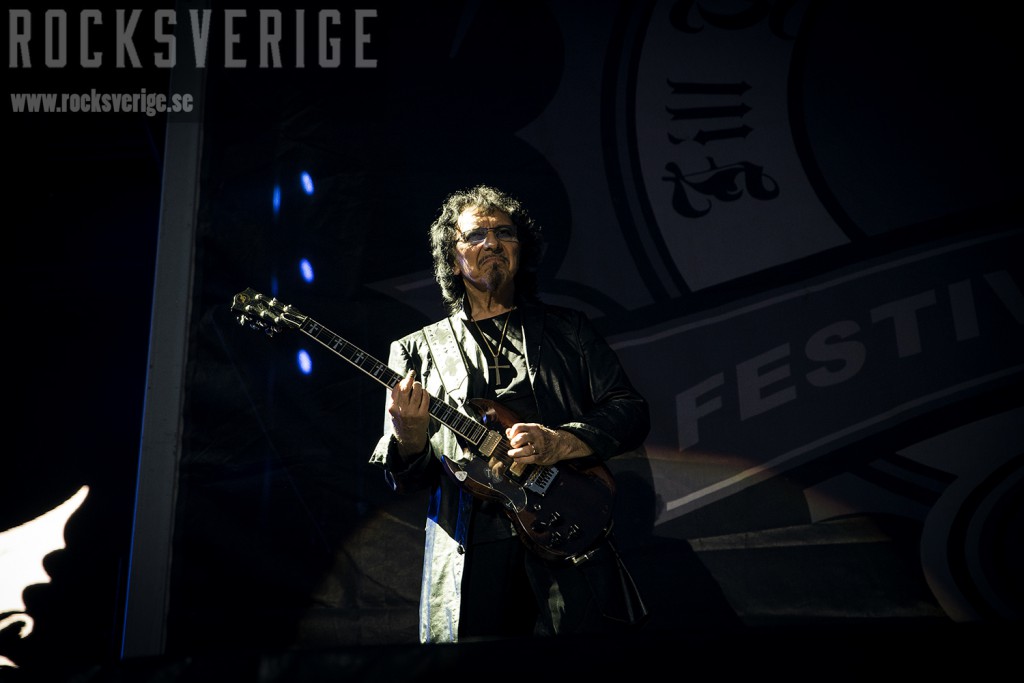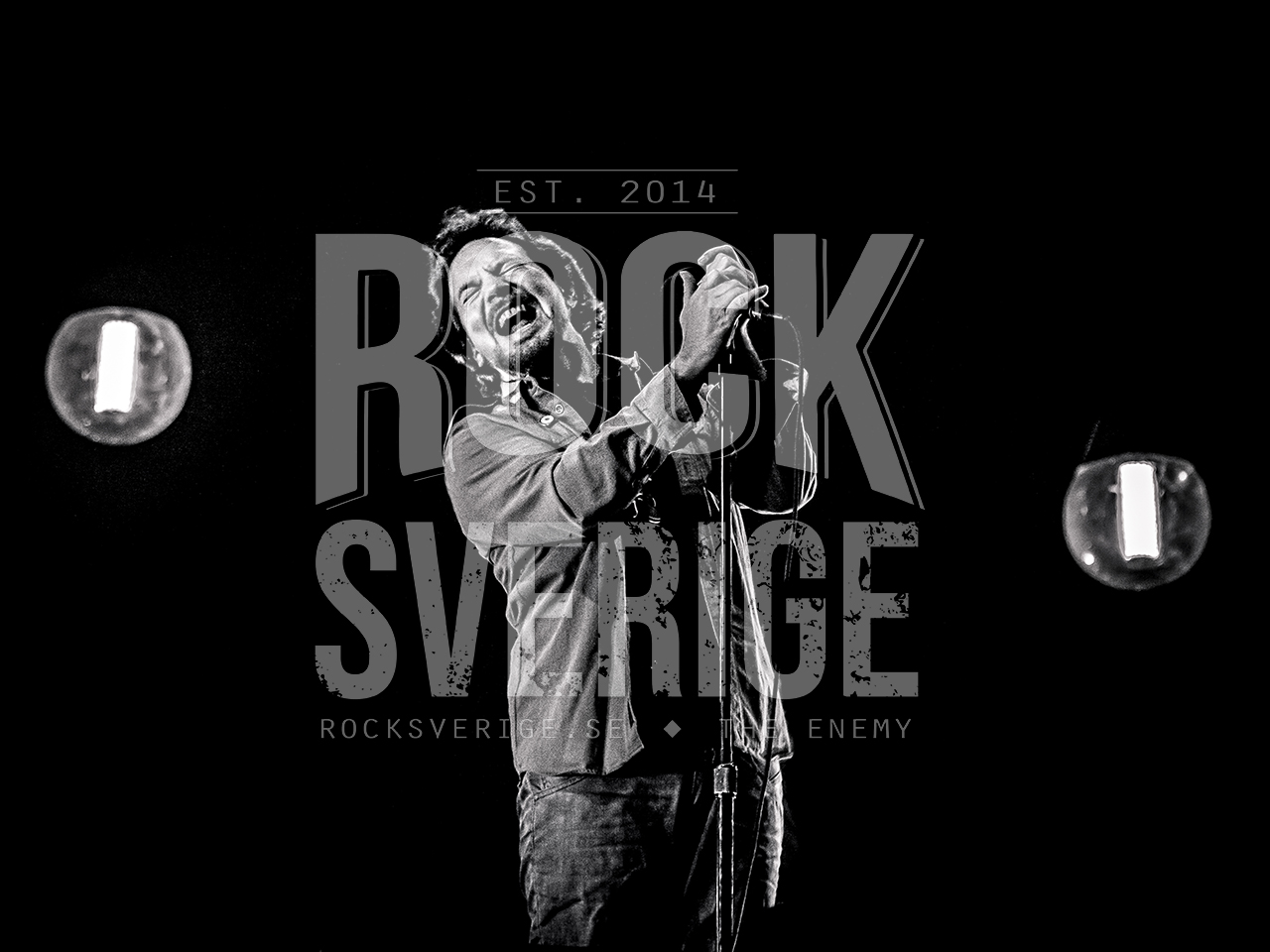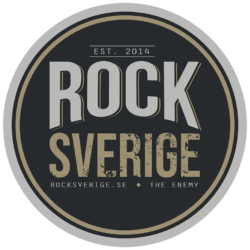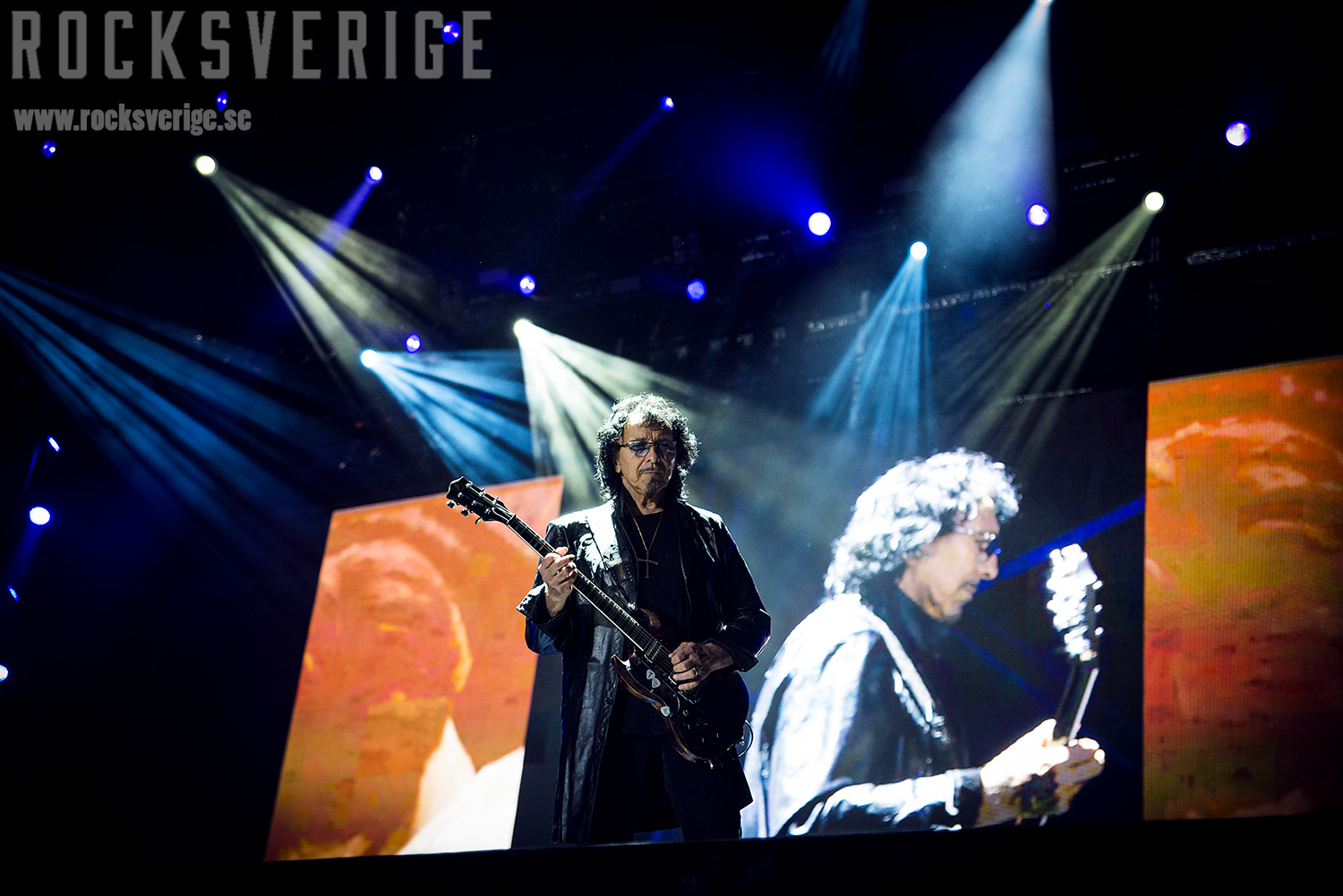About forty years ago, a young Tony Iommi played three simple notes that would change the state of music from that day on. The three notes in question were the notes that made up the opening riff to the song Black Sabbath, the opening track of the debut album by the band of the same name. Constructed from a harmonic progression with a diminished fifth, an interval better known as diabolus in musica or Satan’s music, these three notes would give birth to what would become known as Heavy Metal.
In the forty years that have passed since that day, Iommi has written some of the finest, most recognisable and influential guitar riffs ever to grace the air waves and in doing so has influenced just about every man, woman and child that has ever picked up the guitar. Below, in his own words, Tony Iommi talks us through ten of his, and heavy metal’s, greatest songs.

Evil Woman
(The debut single from Black Sabbath. Later featured on their debut self titled album of February 1970.)
Tony Iommi: That’s a bit of a non entity is Evil Women. We used it on either the American or the English version of the album, I can’t remember which one it went on now but it only went on one of them. I would have used my Stratocaster and a Laney Amp on that I would have thought. I only changed over to the Gibson when we were recording the first album and the bloody Strat broke. The pick-up went so I picked up my other guitar which to be honest I had never used before; I’d only kept it as a spare. I think we did Wicked World on the Strat and the next song it started playing up so I changed to the Gibson. It felt really weird having never really played it and specially to be recording an album on it, it was very strange. But I sort of got used to it.
Black Sabbath
(The opening track from Black Sabbath’s self titles debut album. Released February 1970. Reached number 8 on the official UK album charts.)
Tony Iommi: We used to rehearse three times a week in this youth club in Aston and one day I just walked in and started fiddling. I played that riff and it just felt right and everyone liked it. Really that’s how a lot of those songs have been written, just off the cuff like that. I was never very good at working stuff out; I tended to just come up with stuff. When we recorded that first album we didn’t know anything about the studio. We just walked in, set up and played and the guy recorded it and it was thank-you, good night, that was the end of it. It took two days. Basically record that album was just like going to a gig, that’s how we treated it. The only track we did twice was Warning and the reason for that was because there’s a long guitar solo in it but then of course they ended up cutting it down for that album.
That was my old SG [Tony’s Red 1965 SG Special] and the Laney. That entire album was that SG and Laney because after the Strat broke I only had that one guitar. It’s a weird story actually how I got that guitar. There was a guy I’d heard of who’d had a left handed guitar but was right handed so he used to play it upside down. Somebody gave me his number and I managed to contact him and I told him that I was left handed but had a right handed guitar that I play upside down and would he be interest in swapping guitars and that’s basically what we did. He wanted some cash for it as well but I said no way so we just swapped and off we went.
The monkey sticker on it came about because I had this jacket around that time that I used to stick things on. I found these monkey stickers and stuck some on the jacket and thought what can I do with the rest so I stuck one on the guitar and its remained there now forever. I don’t use that guitar anymore and to be honest with you, it was a great guitar in its time but now the neck is very week. You can actually change the tuning just by pressing it. I used to fiddle about with all my guitars, I’d have my Strat in pieces every bloody week doing something else to it and I also started doing it with the Gibson as well, changing this and doing that. But no I don’t use that guitar anymore and in fact it’s in the Hard-Rock Café in New York.
Paranoid
(The first single taken from Black Sabbath’s number 1 selling album Paranoid, released September 1970. Paranoid reached number 4 on the official UK singles charts.)
Tony Iommi: That’s the same old SG and the same Laney amp. As I said, I used to keep messing with the guitar and I think I was fiddling with the bridge pick-up at the time. I had it waxed and a cover over it and stuff like that to try and stop the feedback. That guitar was always feeding back, especially at the levels that we played at. I think around about that point I also linked up with John Birch who’s a guitar maker and a bit of an experimenter of things. I got him to try and make some pick-ups for me, or try and solidify the pick-ups I had at that time which is what we did. And it sort of worked to a point.
What happened with Paranoid was we were recording the Paranoid album and the Record Company told us they wanted another song, a short track to fill in, something around 3 minutes. We’d never done a three minutes songs, they were always like 5 and 6 minutes but we were pretty good at being able to put a song together pretty quick because that’s what we did in rehearsals. So when the other guys popped out to get something to eat, I sat in the studio just fiddling really and came up with that riff. I was waiting for them to get back so I could play it for them and when I did everyone liked it so we put it down within not much longer then what the track is, we got it together and put it down that quick. Considering it was just a filler track I was very surprised at how popular it became and when it got on Top Of The Pops and stuff like that it was very strange. We’re not playing it at the moment because we don’t do any of those songs with Heaven And Hell but I’ve never got sick of those songs. I’m really proud of them and I love to play them and we possible may even do them with this line up, I don’t know.
Iron Man
(Taken from Black Sabbath’s Paranoid album.)
Tony Iommi: Again I think that was written at the rehearsal room like the others. I couldn’t believe some of the riffs I used to come out with, it was almost like someone else was doing it. That one come out and I thought, oh yeah I like this one. And of course I used the Laney amp and the old SG.
Sabbath Bloody Sabbath
(The opening track from Black Sabbath’s Sabbath Bloody Sabbath album. Release December 1973 and reached number 4 on the official UK album charts.)
Tony Iommi: We’d recorded the Volume 4 album in LA and really enjoyed the vibe and everything so we went back to the same house, the same studio, everything, to record the Sabbath Bloody Sabbath album. They’d built a big Moog in the studio for Stevie Wonder at the time which took up half the studio and so everything was different and suddenly I just couldn’t think of anything, it just didn’t happen. Id never had writers block before and it frightened me to death. So what we did was basically pack everything up and came back home and had some time off. When we were ready again we booked Clearwell Castle and as soon as we got in there with the vibe and the atmosphere and everything things started again just like that and Sabbath Bloody Sabbath was the first track we wrote.
I think I was using my red SG. I’m pretty sure it was because I used I used it a lot around that time. Still Laney amps of course. In them days it was still their first model whatever that was. It was just very basic and I used to use the bass input on the amp and used a range master treble booster. For some reason it just created the sound that I liked but the trouble was that it was very noisy using the treble booster and we used to pick up a lot of interference. By then we were de-tuning as well, we had been since the Masters Of Reality album. I always used to fiddle about, not only pulling the guitar to bits and putting it back together but also on my amplifiers and then of course with the tunings. I used to try and just create something different so it was just a natural thing for me to try to de-tune. I started by tuning one string down and seeing what sort of chords I could make to get a different sound. Actually my accident was a reason as well for de-tuning [the accident Tony is referring to is when we cut the tips off the middle and ring fingers on his fretting hand in an industrial accident at the age of seventeen]. Certainly in the early days I couldn’t get any light gauge strings because they just didn’t make them. I contacted many different companies and they all said they couldn’t do that so I had to make my own set. I used a banjo string as the first string and then took the bottom E out and went down to the 5th as the bottom E. It worked because it didn’t hurt my fingers so much or destroy the fingertips when I was trying to bend. I continued to go to all these companies trying to find someone to make me some strings and eventually I found Pucarto who wanted to do it.
Heaven And Hell
(The title track for Black Sabbaths ninth studio album Heaven and Hell. Released April 1980 and reached number 9 on the official UK album charts.)
Tony Iommi: Ronnie [James Dio] was now with us and you sort of write for the singer. He was a different singer all together from Ozzy so it did stimulate me again. Ronnie would sing on different things where Ozzy wouldn’t and vice versa. Where Ozzy would sing a lot of riffs, Ronnie didn’t, there was more open spaces and chords that he would sing on. It was a slightly different way of writing and it pushed us into another field really. That song probably started with Bill playing drums. I don’t really remember but I remember it came out pretty quick, the initial idea, the initial riff.
I used the Jaydee Custom on that song. John Diggins [Birmingham luthier who build the Jaydee Custom SG] at one point came on the road with me and worked with my guitars. It was after that that we started getting him into a business because he was a very good guitar maker. I used that guitar a lot for solos on that album. I also used Marshall on that song as well. We had this guy working for us at that point and he said he could make a better job of the Marshall and so he did. It was basically a standard Marshall but he put bigger valves in and did this and that to them. It was a different era for us with going with Ronnie so I just wanted to try something different and being in LA at the time, I think it was easy access to be able to get Marshall’s and have some work done on them.
Computer God
(The opening track of Black Sabbath’s Dehumanizer album of 1992.)
Tony Iommi: That would have been the old Jaydee again and at that time, I’m pretty sure it was the Laney’s again. I was happy with that whole situation and that we were able to get back together with Ronnie again and do an album. Originally Cozy Powell was involved because he was playing with me at that time in another version of Black Sabbath. Ronnie wanted his drummer, Vinnie Appice but he said if I wanted Cozy we’d try Cozy. It didn’t work out to long because Cozy had hurt himself, believe it or not he’d had a horse fall on him and he couldn’t play for a while so the obvious choice was to go with Vinnie which we did.
To be honest that album was pretty difficult because when we got back together it was a weird phase for us and it wasn’t a good time to have an album out for our sort of music. We rented a house here, not far from where I live, and Ronnie, Vinnie and one of the crew moved into it. We had the gear set up there and Geezer and myself used to appear, write some stuff, we’d tape it and we’d come up with the ideas that way. It was a slightly different way then we normally did it but we liked it. We picked riffs that we wanted to work on and once we got all the songs together we booked Rockfield studios and went and recorded them.
Psycho man
(Taken from the live Black Sabbath album Reunion. Released October 1998.)
Tony Iommi: That was either the Jaydee again or my Gibson Signature guitar. I think I probably used both on that album but I can’t remember which guitars on which songs. I tried to retire the Jaydee because certainly when we got back with Ozzy I was using the Gibson Signature all the time. As for which amp, as far as I can remember that was a Laney. I’d also had my old Pete Cornish pedal board for many years so I used those which is a Tychobrahe Parapedal wah wah and I can’t remember what chorus I used.
That song to be honest was done very quickly and in a peculiar way. I brought Bob Marlette who had worked on a couple of my solo albums into the studio in LA to work with Ozzy and me because that’s all who was there at the time. Well basically it was me, Ozzy popped in for half an hour and then disappeared or fall asleep or whatever. So we came up with these riffs and Ozzy said that he liked that one and in the meantime the record company are standing outside asking what’s happening? What ya doing? They’d asked for two new songs and wanted them quickly. I just think we could have spent a little bit more time on them because we hadn’t recorded for such a long time together and it just needed a little bit more space. They were literally done in a day or so. We’d put the track down with a drum machine and then Bill would play and it just didn’t feel right. Geezer was coming in and playing bass and he didn’t even know what he was playing bass to at one point, it was too much. I really, really enjoyed doing the tours and playing together again, it was great and it felt ok to write again but as I said it was too much of a rush. I wished I’d had more time on it and got Ozzy to spend more time on it because we were pushed into doing it so quick that we never had time for it to sink in.
Goodbye Lament
(Taken from the Tony Iommi solo album Iommi. Released October 2000 and featuring Dave Grohl.)
Tony Iommi: I tried to do this when I did the Seventh Star album a long time ago but it was like pulling teeth. You’d find a singer that wanted to do it but then the record company wouldn’t let them. There were some fairly big names like Plant and Coverdale and people like that but it was so difficult to put it into practice I had to realize it wasn’t going to work and fortunately Glenn Hughes came along and ended up singing the whole album and did a great job. But I still wanted to do the idea and I wouldn’t say that it was a lot easier this time around but there was a lot more people wanting to do it, a lot more contemporary artists. Lars from Metallica was going to play on the album as well, he called me a few times about doing it and I called him but they were doing their thing with the orchestra at the time and we couldn’t really wait. That’s the difficult thing, you want to play with certain people but it’s working out the right time because everyone is so busy.
When Dave Grohl got involved that was just brilliant because he’s such a great artist to work with. I think we contacted him first but then he came back and asked if he could play drums as well so we said yeah of course. He’s just brilliant, an absolute great musician.
It worked basically the same was as always, I’d come up with a riff and show it to whoever the singer was going to be, in this case Dave. I was in Los Angeles at the time and Dave was in Los Angeles so that’s when we did it and I also got Brian May involved because I get him involved in most things I do and we’ve been close now for over 35years. I thought that it would have been good to do a few specials shows with everybody who was involved on the album but of course at that time it was when we started doing the Ozzy thing again so that kind of put the kibosh on it really.
For Guitars, it’s either going to be the old Jaydee or the signature guitar. I actually use both of those and I also used a Les Paul on some of the backing track bits. I wasn’t made up about using the Les Paul but Bob Marlette asked if we could just try it so I did. But mostly as I said it’s the Jaydee and the SG Custom. The Jaydee’s got its use out of it? Oh yeah, you’re not kidding. You should see the state of it now. It looks like it’s been dragged through a hedge backwards, it’s really tatty but I’m still playing it. As I said, I did retire it at one point when we did the Ozzfest and all the Ozzy stuff and I thought that was it but out it came again.
Bible Black
(The first single taken from Heaven and Hell’s debut album The Devil You Know. Released April 2009.)
Tony Iommi: For the song Bible Black, I used a Taylor at the beginning; in fact I used a Taylor on all the acoustic parts of that album and the Jaydee again. Amp wise we’ve got something different, I used the Engl on that whole album. I’ve got my own signature amp out with Laney and whatever but I go through these phases of wanting to try something different and for this I just wanted to try a different sound. When I was at Ronnie’s house in his studio writing this stuff he had an Engl so I just plugged into it and liked it. I just stuck with that and got used to that sound and like it so I used that on the album. At Ronnie’s I was using the Fireball and on the album I use the Powerball so I’ve tried a few of them. Live I’m actually using both Engl and Laney at the moment, so I’m experimenting again.
How the initial reunion with Ronnie came about was the record company wanted to put an album out, Black Sabbath the Dio Years, so they got in touch with my office asking if there was a couple tracks laying around that were recorded but were never used. The answer of course was no we hadn’t but I just suggest it might be a long shot but why don’t we call Ronnie and see if he would be interested in writing and recording a couple new tracks for it. We called him and he was interested so he came over to England and up to my house because I’ve got a studio here and we wrote and recorded some new songs. We emailed them to the other guys, Vinnie and Geezer, to see if they liked them and they did so they came over and played on them. That was the initial connection and from there we thought it would be nice to tour and the interest was so high so that’s what we did. What we’ve done this time is we’ve taken everything in stages. We haven’t gone around saying we’re going to be together for 10 years, if there’s a tour we ask do we want to do it? Or with the album we asked do we want to do an album? That’s how we’ve worked and it’s seemed to have worked all right up to now. I’m really happy, it’s a great band and they are great guys and we’ve had some great shows.
By: Will Miller/Rocksverige.se


